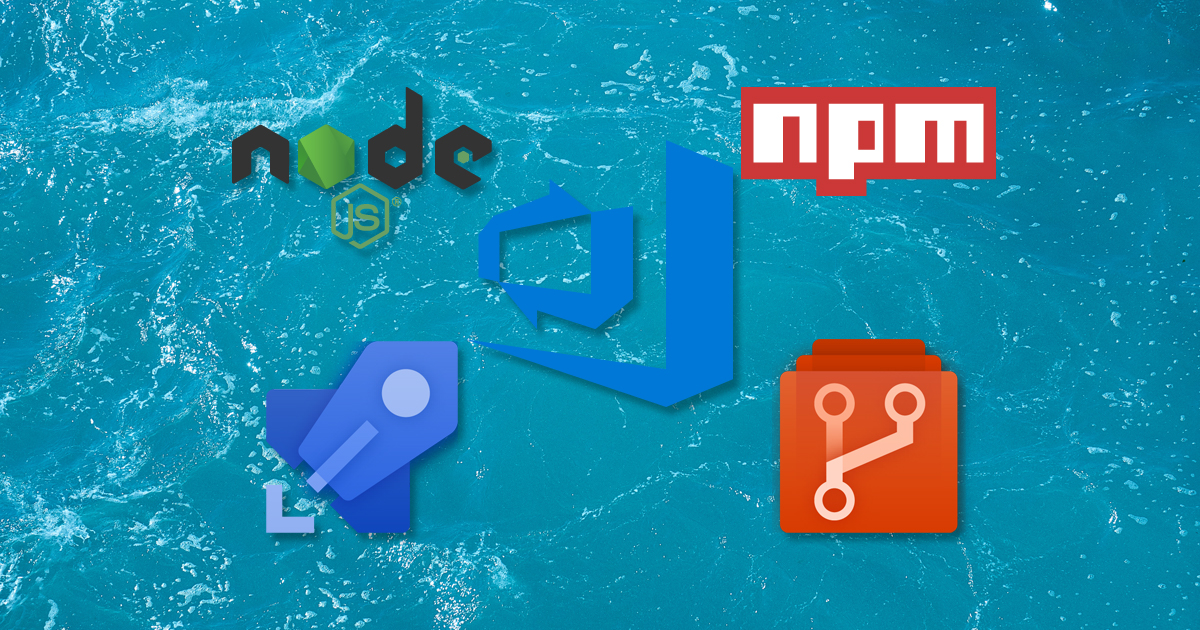
Using Azure DevOps to Deploy Hexo
One of the things that I wanted to be able to do was setup a full CI/CD pipeline for my blog. As someone once said If it’s worth doing, it’s worth overdoing and it was in that spirit I configured Azure DevOps to deploy Hexo.
First off a short intro to Azure DevOps. Previously known as Visual Studio Team Services (VSTS) it is a service that allows you to manage code repositories, boards, pipelines (which we’ll cover here) and even test plans. You can also use Azure Pipelines with GitHub and while I did not do that here because I wanted all my repos to be private, there is no reason you cannot use GitHub as your source repo. Especially since two weeks ago they announced free private repos.


